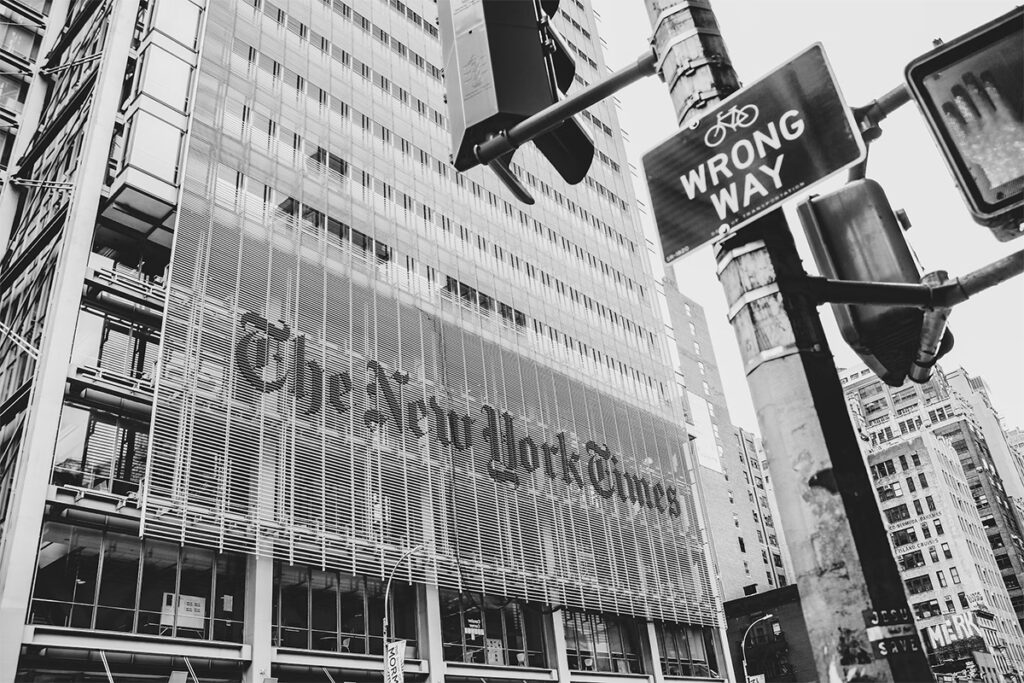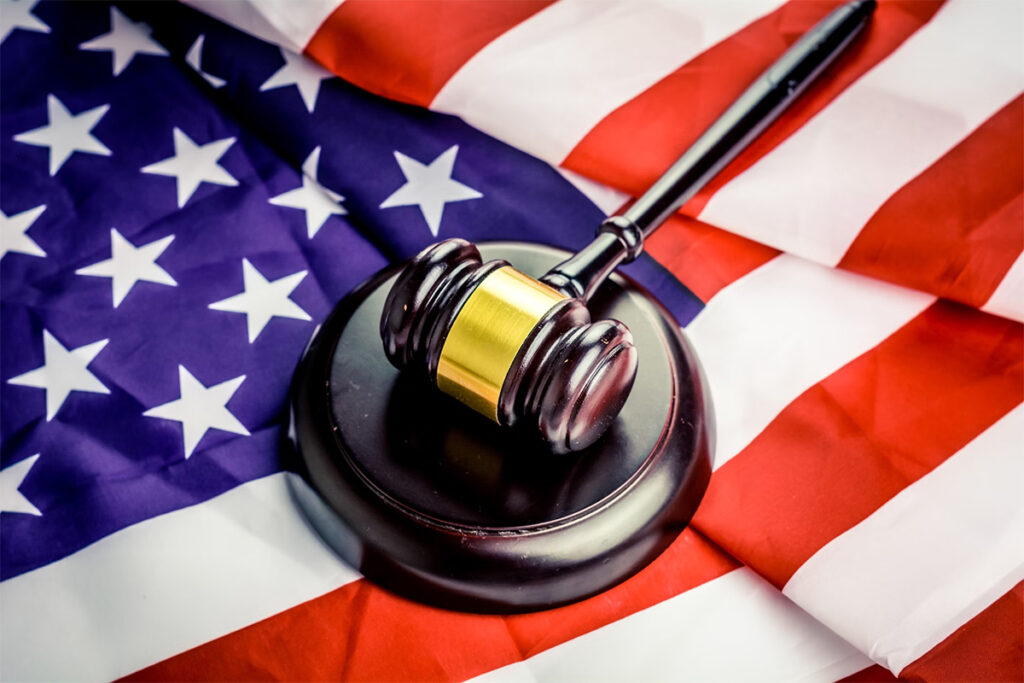The New York Times Initiates Landmark Copyright Infringement Case Against OpenAI and Microsoft
The New York Times has filed a significant lawsuit against Microsoft and OpenAI, marking a watershed in the history of copyright law and artificial intelligence. There is a clash between the moral and practical limits of technological advancement and the protection of intellectual property in this case, which accuses the internet giants of using their vast collection of journalistic material to train advanced AI models. The course of this lawsuit might influence future discussions about digital rights, content production, and the changing role of AI in contemporary media.
The Case at Hand: Allegations and Legal Grounds
The New York Times has filed a ground-breaking lawsuit against Microsoft and OpenAI, claiming that the two companies have been exploiting its copyrighted content illegally to train ChatGPT and other artificial intelligence models. Filed in the Federal District Court in Manhattan, the action charges copyright law violation and undermines the newspaper’s investment in great journalism. The Times demands “billions of dollars in statutory and actual damages” and an order for the defendants to discontinue the exploitation of its copyrighted works and to destroy any derived AI models. In light of AI technology, this legal case explores the limits of current copyright regulations.
Implications for Journalism and A.I. Development
This lawsuit signifies a pivotal moment for journalism and artificial intelligence. It raises concerns about the ethical use of journalistic content in AI training, affecting content creation, ownership, and revenue. A successful claim could reinforce the value of original reporting and influence how news organizations protect their work. Conversely, it serves as a critical reminder to AI developers about ethical sourcing and the potential need for innovation in content generation methodologies. The outcome will affect the development and perception of AI technologies and their integration with traditional media.
The Defendants’ Response and Industry Stance
OpenAI expressed surprise and disappointment at the lawsuit, reiterating its commitment to constructive engagement and content creators’ rights. Microsoft has not commented on the case. The lawsuit has ignited a debate in the tech industry about the responsibilities of AI developers and the need for sustainable partnerships with content creators. The industry is divided between those advocating for legal protections and compensation for copyrighted content and those warning against restrictions that could inhibit innovation and AI sector growth. The case reflects the ongoing tension between protecting intellectual property and fostering technological advancements.
Analyzing the Precedents: Similar Historical Cases
The lawsuit followed a series of key copyright challenges that established intellectual property rights. The verdicts in Authors Guild v. Google and Associated Press-Meltwater established fair use and content restrictions. These cases serve to understand the likely results of the action. It will be interesting to see if this ruling establishes new legal standards in the fast-growing fields of artificial intelligence and digital media.
The New York Times case against OpenAI and Microsoft establishes a precedent for intellectual property, technology, and media. The court’s decisions may have an impact on intellectual property and the ethical usage of AI. This case emphasizes the need of clear legal frameworks in the digital era, as well as the delicate balance between encouraging innovation and preserving creator rights, laying the groundwork for future advancements in the ever-changing interplay between technology and content.


